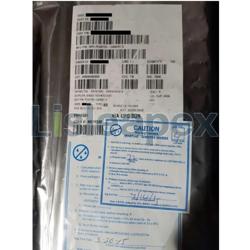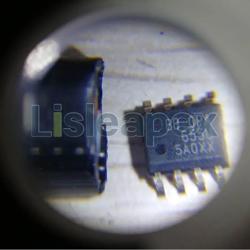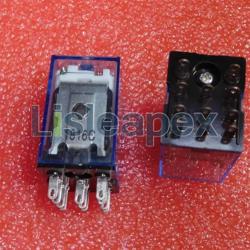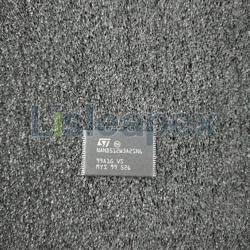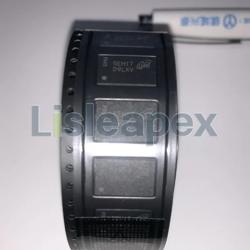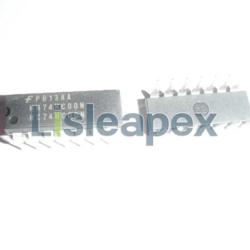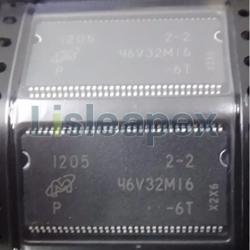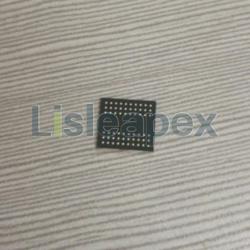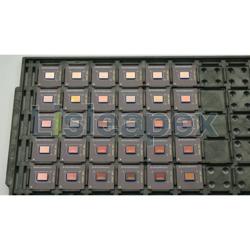On June 27, 2023, Toshiba Electronic Devices & Storage Corporation ("Toshiba") announced the release of the "M3H Group (2)" within their 32-bit microcontroller product family, the "TXZ+TM Advanced Series," featuring Cortex®-M3 manufactured using 40nm process technology.
In recent years, with the proliferation of digital technology, particularly in the field of Internet of Things (IoT), and the increasing demand for advanced device functionalities, users have been seeking larger program capacities and support for Firmware Over-The-Air (FOTA) updates. The new M3H Group (2) product expands upon Toshiba's existing M3H Group (1) by increasing the code flash capacity from 512KB (some variations being 256KB or 384KB) to 1MB, and the RAM capacity from 66KB to 130KB.

These microcontrollers incorporate an ARM® Cortex®-M3 core, operating at frequencies of up to 120MHz, with built-in code flash of 32KB and data flash, offering programming/erasure endurance of 100,000 cycles. Additionally, these microcontrollers provide various interfaces and motor control options, such as UART, I2C interfaces, advanced encoder input circuits, and advanced programmable motor control circuits. Toshiba's M3H Group microcontroller product line contributes to enhancing IoT and advanced functionalities in a wide range of applications, including motors, home appliances, and industrial equipment.
In the new product, a 1MB[1] code flash is achieved by utilizing two separate 512KB regions. This implementation allows for reading instructions from one region while parallel programming updated code into the other region. Finally, firmware replacement is achieved through region swapping functionality[3].
The M3H Group products are equipped with UART, TSPI, I2C interfaces, 2-channel DMAC, and an LCD display controller[4], catering to various consumer or industrial application requirements. To support a variety of sensing applications, the new product features a high-speed, high-precision 12-bit analog-to-digital converter (ADC) with up to 21 channels, offering two sampling hold times for each analog input pin. Furthermore, through the integration of advanced programmable motor control circuits and advanced encoder input circuits, synchronous operation with the high-speed, high-precision 12-bit ADC is achieved, making them suitable for controlling AC motors and brushless DC motors.
The device's flash, RAM, ADC, and clock offer self-diagnostic functions, aiding customers in achieving IEC 60730 Class B functional safety certification.
Documentation, actual usage examples, and driver software controlling each peripheral device interface are now available. Evaluation boards and development environments are provided in collaboration with ARM®'s global ecosystem partners.
Applications
Main control devices for consumer devices (home appliances, toys, office supplies, healthcare devices, etc.), as well as office equipment (multifunction printers, etc.).
Motor control for consumer and industrial equipment.
Consumer and industrial IoT devices.
Features
High-performance ARM® Cortex®-M3 core with a maximum frequency of 120MHz.
Increased internal storage capacity
Code flash capacity: 1MB.
RAM capacity: 130KB.
Firmware replacement functionality through region swapping, supporting firmware updates while the microcontroller continues running[3].
Self-diagnostic functions for meeting IEC 60730 Class B functional safety requirements.
Rich package product line.

 Congratulations On Your Successful Submission
Congratulations On Your Successful Submission
 Submission Failure
Submission Failure




